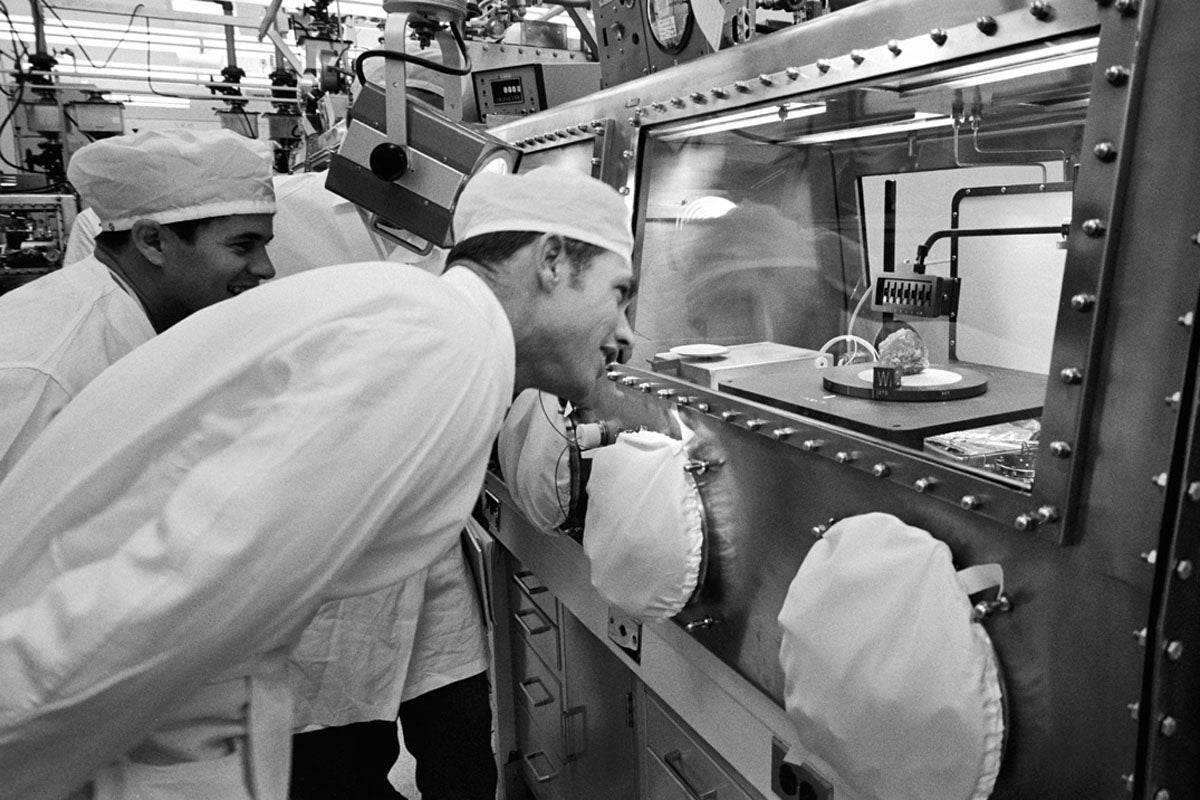How a small rock on the moon changed everything we knew about our closest neighbour
While most people were concerned with the Cold War, some of the most important discoveries about our planet were happening hundreds of thousands of kilometres above their heads, writes Mick O'Hare

Lee Silver was excited, very excited. An Olympic athlete craves a gold medal, a Hollywood actor an Oscar. But Silver was a geologist and, as far as he was concerned, he held a far greater prize. In his hands was a rock, a rock that would forever change our understanding of our planet, of our solar system. Geologists had long speculated about the origins of our planet and its only satellite, but here was confirmation. The moon had once been part of the Earth. It was one of the greatest scientific discoveries of this or any age.
However boring those school lessons may seem, however repetitious the information your teachers are imparting, it really is worth paying attention. Just ask David Scott and Jim Irwin, pupils in the geology classes of Professor Silver. Fifty years ago this month Scott and Irwin found what has since been dubbed the Genesis Rock.
Subscribe to Independent Premium to bookmark this article
Want to bookmark your favourite articles and stories to read or reference later? Start your Independent Premium subscription today.
Join our commenting forum
Join thought-provoking conversations, follow other Independent readers and see their replies